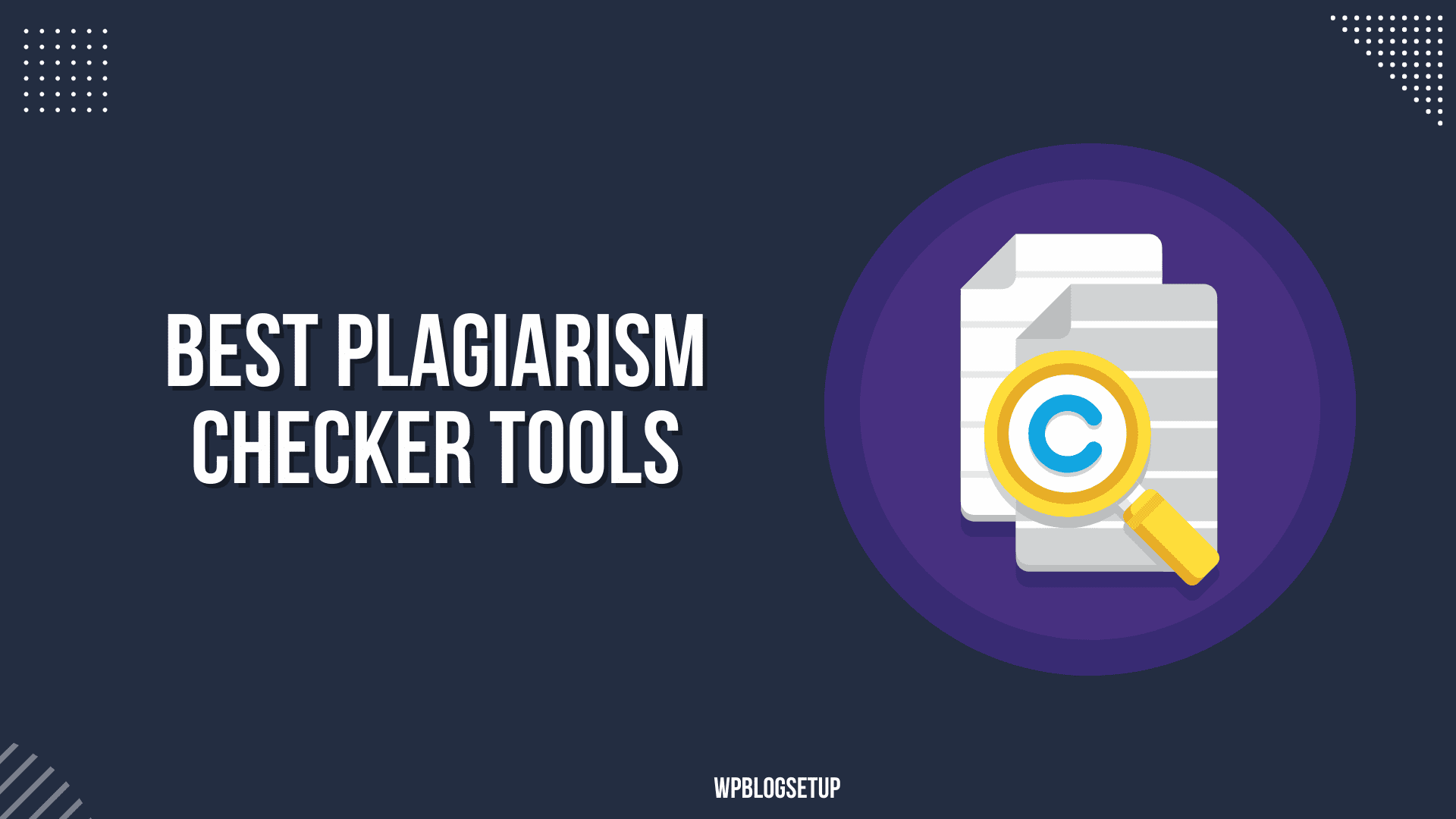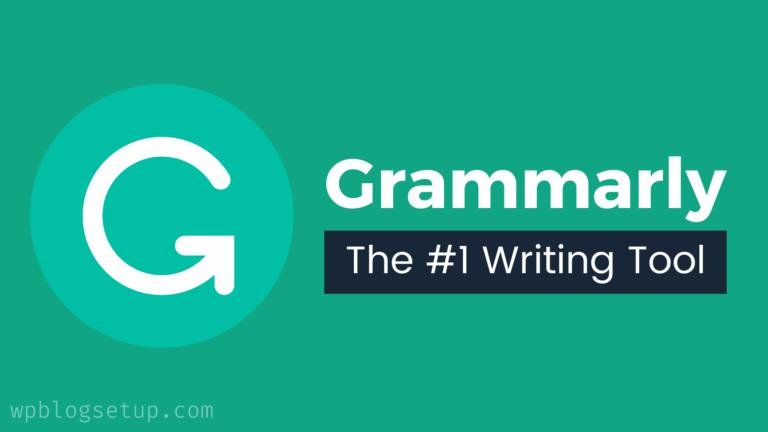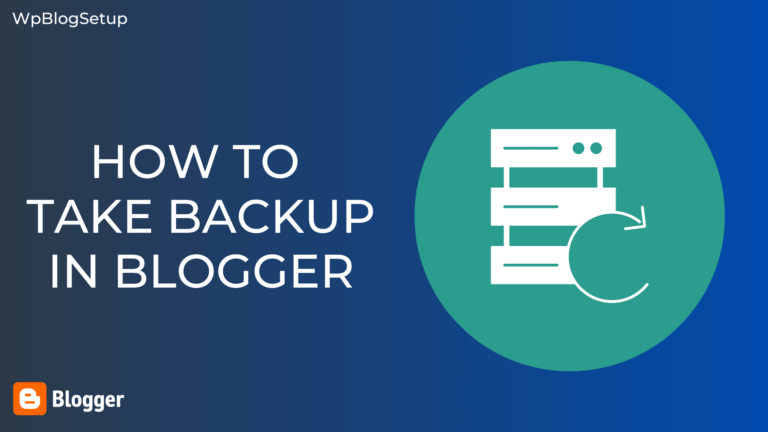Plagiarism is a serious issue that is becoming increasingly prevalent in today’s digital age. It is defined as the act of using someone else’s work or ideas without giving them proper credit. This can include copying and pasting text from a source, paraphrasing without proper citation, and using content from multiple sources without proper citation.
With the ease of access to information on the internet, it has become easier than ever to plagiarize. However, this also means that it is more important than ever to use plagiarism checker tools to ensure that your work is original and properly cited.
The purpose of this blog post is to highlight the best plagiarism checker tools available and provide an overview of how to use them. We will also discuss the different types of plagiarism and why it is important to use these tools before submitting any work.
Types of Plagiarism:
Best Plagiarism Checker Tools:
1. Grammarly:
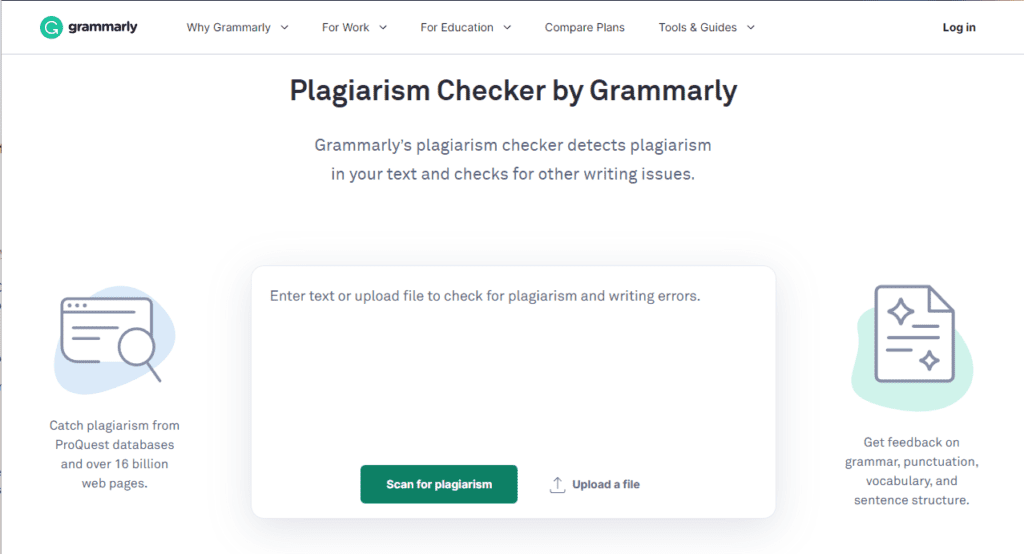
Grammarly is a grammar and spell checker that also includes a plagiarism checker. It checks your work against over 8 billion web pages to ensure that it is original. It offers a free version as well as a premium version with additional features.
The premium version allows you to check your work against a larger database of web pages, academic papers, and journals. It also provides a detailed report on the sources that your work matches, including the percentage of similarity and a link to the original source.
2. Turnitin:

Turnitin is widely used in academic settings and is known for its accuracy. It checks your work against a database of over 24 billion web pages and over 360 million student papers. It offers a free version as well as a premium version with additional features.
The premium version allows you to check your work against a larger database of sources, including journals and publications. It also provides a detailed report on the sources that your work matches, including the percentage of similarity and a link to the original source.
3. Copyscape:
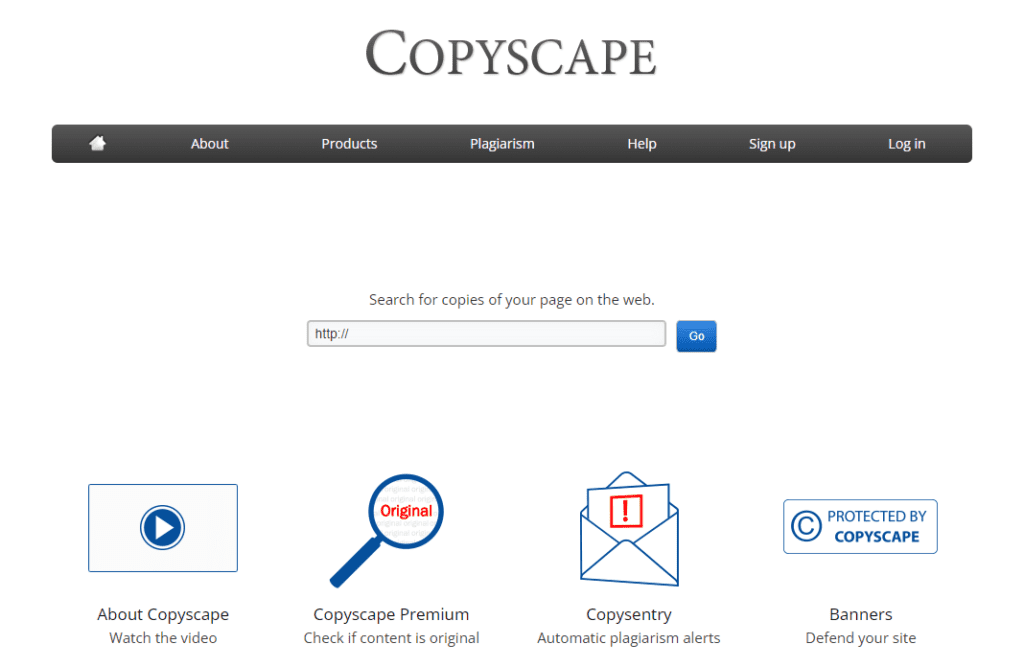
Copyscape tool checks your work against web pages to ensure that it is original. It offers a free version as well as a premium version with additional features. The premium version allows you to check your work against a larger database of web pages, including academic papers and journals.
It also provides a detailed report on the sources that your work matches, including the percentage of similarity and a link to the original source. Additionally, Copyscape offers a feature that allows you to check your work for duplicate content on your own website, making it a useful tool for website owners and bloggers.
4. PlagScan:
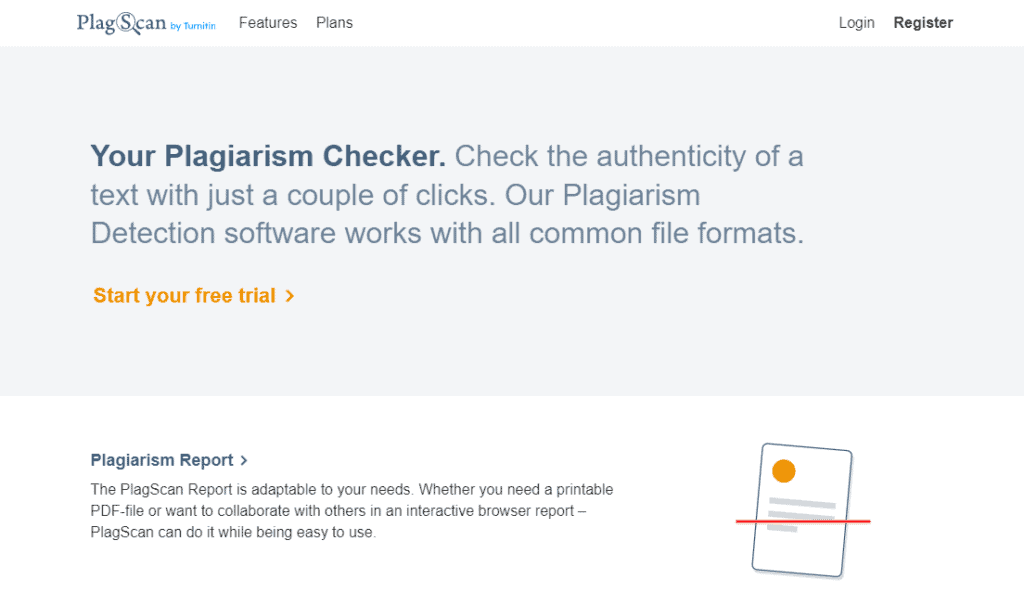
PlagScan tool checks your work against a database of over 50 billion web pages to ensure that it is original. It offers a free version as well as a premium version with additional features. The premium version allows you to check your work against a larger database of sources, including academic papers and journals.
It also provides a detailed report on the sources that your work matches, including the percentage of similarity and a link to the original source. Additionally, PlagScan has a feature that allows multiple users to check a document simultaneously, making it a great tool for teams and groups.
5. Quetext
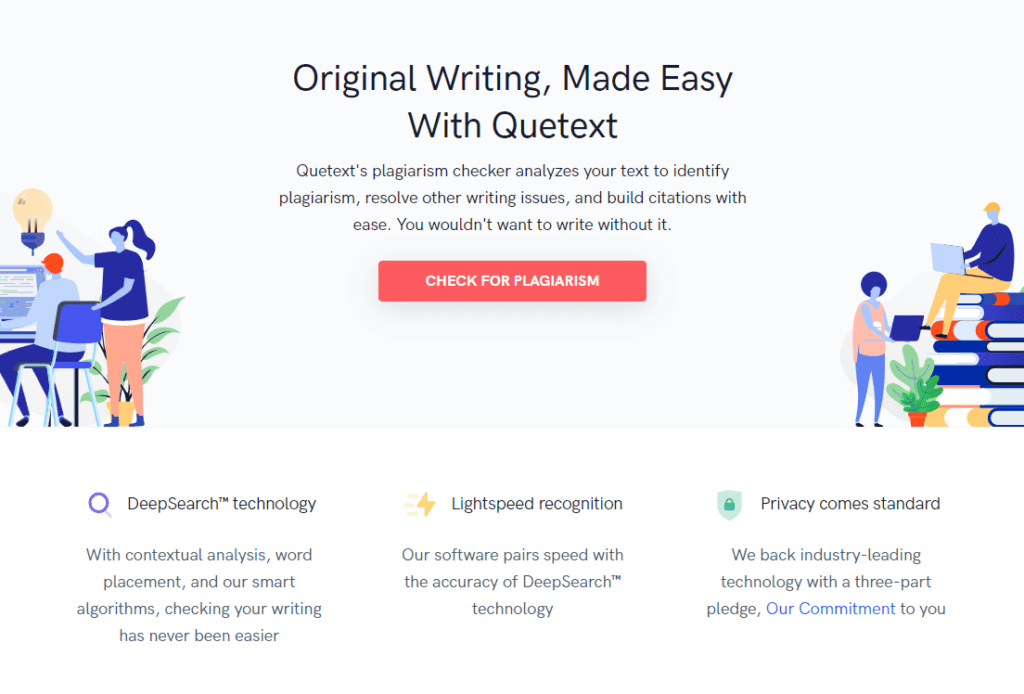
Quetext is simple to use, and it checks your work against a database of web pages and academic papers to ensure that it is original. It offers a free version and a paid version with additional features. The paid version allows you to check your work against a larger database of sources and also provides a detailed report on the sources that your work matches.
When considering which tool to use, it is important to consider the specific needs of your work and the type of plagiarism checker that will be most effective. Additionally, it is important to compare the features and pricing of each tool to determine which one best suits your needs and budget.
In the next section, we will discuss how to use these plagiarism checker tools and provide tips for ensuring accurate results.
How to Use Plagiarism Checker Tools:
Using plagiarism checker tools is relatively simple and straightforward. Most of these tools work by comparing your work to a database of web pages, student papers, and other sources. Here is a general step-by-step process for using these tools:
- Sign up for an account with the plagiarism checker tool of your choice.
- Upload your document or copy and paste the text into the tool.
- Run the plagiarism check. This will take a few minutes, depending on the length of your document and the speed of the tool.
- Review the results of the plagiarism check. Most tools will highlight any text that is flagged as potentially plagiarized and provide a link to the source.
- Make any necessary changes to your work and re-run the plagiarism check to ensure that it is now original.
It’s important to note that while plagiarism checker tools can be extremely helpful, they are not foolproof. They may not catch everything, and it’s always a good idea to review the results carefully and double-check the flagged text against the original source to make sure that it is indeed plagiarized.
Here are a few tips for ensuring accurate results:
Make sure to check your work for plagiarism before submitting it, not only to avoid any potential issues but also to improve the quality of your work by catching any unintentional errors.
- Use multiple plagiarism checker tools, as each tool may have a different database and may catch different instances of plagiarism.
- Be careful when paraphrasing and make sure to give proper credit to the original source.
- Always proofread your work and check for any grammatical errors, which can also be flagged as potential plagiarism.
- Use citation tools such as citation generators to ensure that your citations are properly formatted and in the right style.
- Educate yourself on plagiarism and citation guidelines, so you have a better understanding of what constitutes plagiarism and how to avoid it.
FAQs
Conclusion:
In conclusion, plagiarism is a serious issue that can have severe consequences. Using plagiarism checker tools is an effective way to ensure that your work is original and properly cited. We’ve highlighted some of the best plagiarism checker tools available and provided an overview of how to use them. Remember, to use these tools regularly to ensure that your work is up to the standards.
Additionally, it’s important to understand that plagiarism checker tools are not a substitute for proper research and citation. They are simply a tool to help you ensure that your work is original and properly cited. It’s important to also educate yourself on plagiarism and citation guidelines and to always use proper research and citation techniques.

